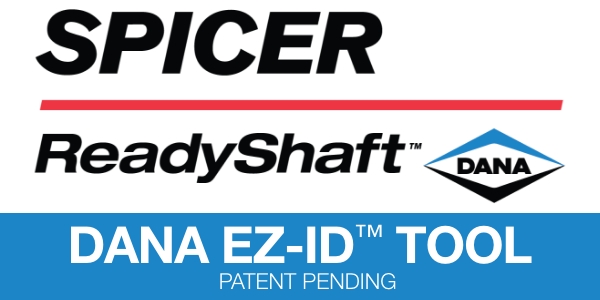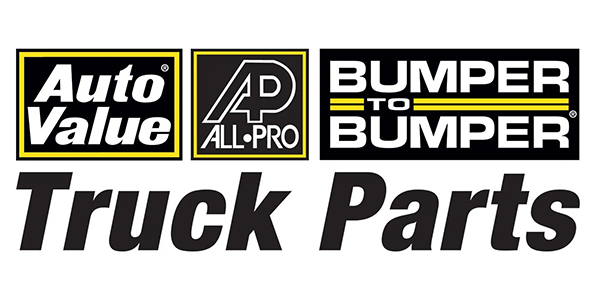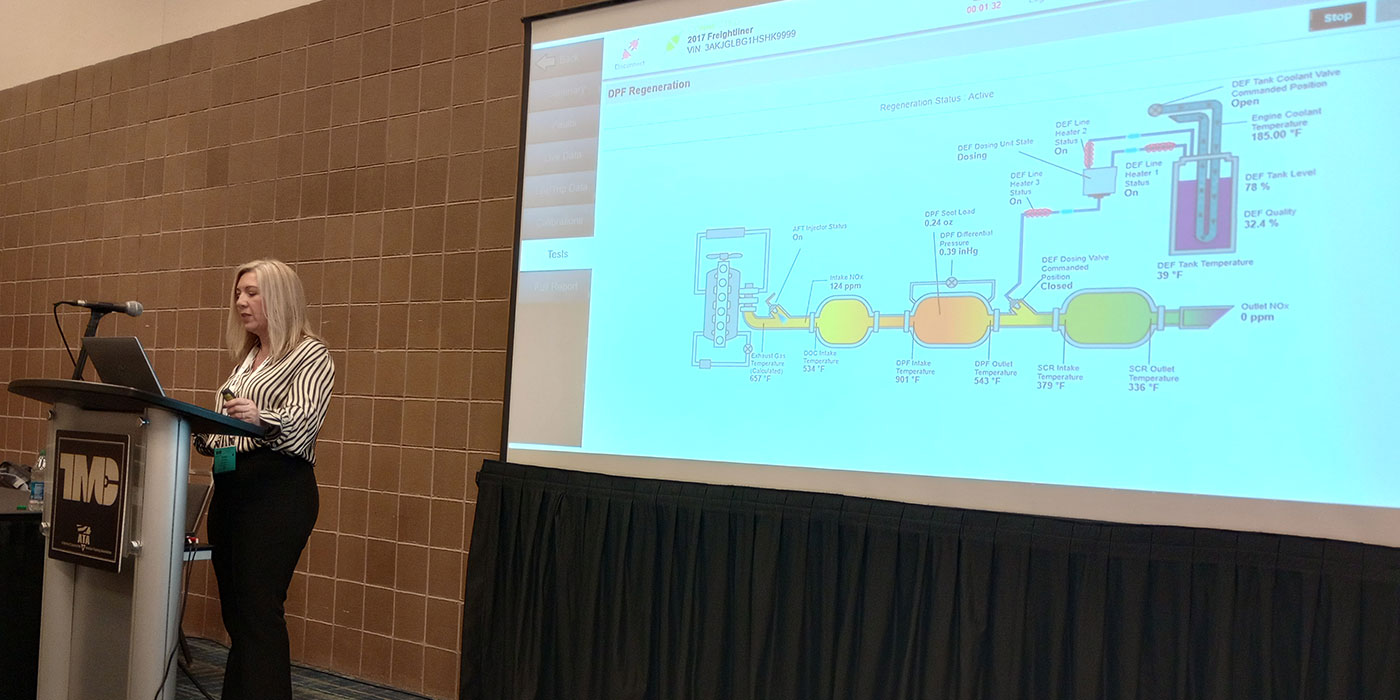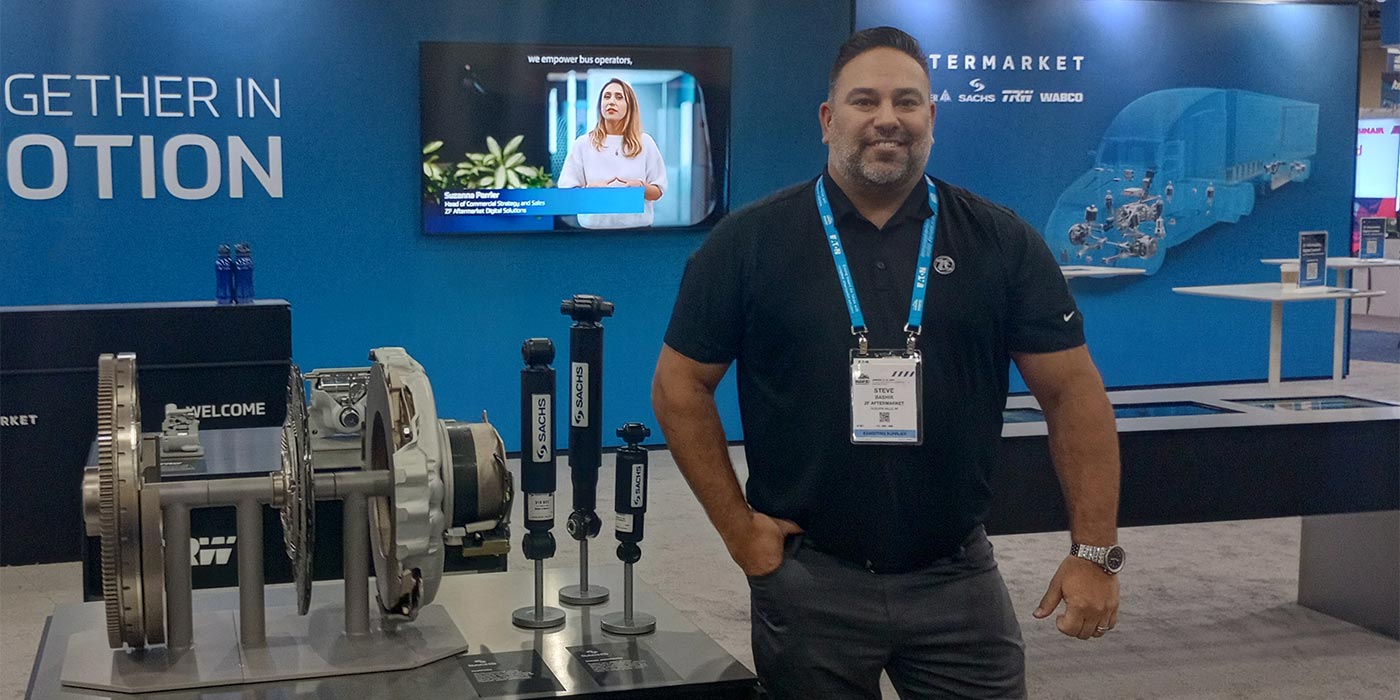The truck’s electrical system is a complicated web of wiring, a current-carrying circulatory system that sprouts from the truck’s batteries to power a myriad of systems. Nearly everything on today’s heavy-duty trucks is electronically controlled, and if you have an electrical system problem, it could be costly. Lighting alone hovers within the top three CSA culprits, not to mention the potentially catastrophic consequence of engine, transmission and even advanced safety system controls electrical issues. When you suspect you have an electrical system problem, you need clear, concise diagrams to point you in the right direction of the fix.
“As systems become more complex, so do the wiring diagrams,” said Jake Schell, associate product manager for Mitchell 1’s Commercial Vehicle Group. “It takes time to trace out a circuit in the diagram. And for many experienced techs a wiring diagram will be the starting point for familiarizing, and to some extent diagnosing an electrical problem.”
When comparing the electrical wiring of the past four to five model year trucks, complexity is a moving target. With advancing technology, the wiring on a five-year-old truck may appear more complex than a new truck, as circuits once addressed by external wiring are increasingly integrated into the component or control modules. As technology advances, wiring complexity may actually decrease, but the overall complexity of the system increases. A part of this complexity will be found in shared circuits that reduce the total number of wires needed in systems.
Service solutions providers haven’t stood by and simply watched systems become more complex. They have been leveraging their own technology to provide simple solutions to complicated problems. One example is Mitchell 1’s interactive wiring diagrams. Built natively into Mitchell 1 TruckSeries repair software, interactive diagrams allow technicians to click on components within the wiring structure and see a pop-up menu with selections to learn more about specifications, component location, connector views, and guided component tests, to name a few.

As an example, Schell pointed to an engine brake issue where solenoid 2 is experiencing intermittent open-circuit failure on the return side.
“A code also likely set,” he explained. “We see that the signal circuits for solenoids 1 and 2 are independent of one another. However, the return circuits are spliced together and return to a single Control Module terminal. Thus, by looking at the diagram we can determine that the open in the return must be in the No. 2 solenoid circuit before the splice.
“Then, our interactive wiring diagram linked to the component takes the tech to the associated information for the component that includes descriptions, operation, location, and testing information. While this is a pretty simple example, there are times when the additional component information will provide insight that enables the tech to determine not only what failed, but how.”
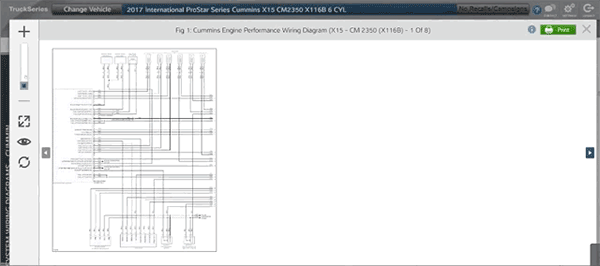
When it comes to software functionality, it’s the little things like the intuitiveness of the interaction that speed up the service process. Things like maintaining the zoom and orientation of the wiring diagrams across multiple pages or wires that disappear and reappear as you dive deeper into the wiring diagram. Mitchell 1’s interactive wiring diagrams have you covered with simplified views of complex diagrams with highlighting that extends across all the pages until the wire reaches its termination point. This can be a crucial uptime difference.
“The ability to highlight the circuit wires and turn off the wires in the diagram not associated with the circuit makes it easier to see the complete circuit in isolation, enabling the tech to focus on that circuit,” Schell said. “Moreover, the interactive diagrams make it possible to quickly look up information associated with the components in the circuit. Not needing to search for a component is clearly a time saver.”
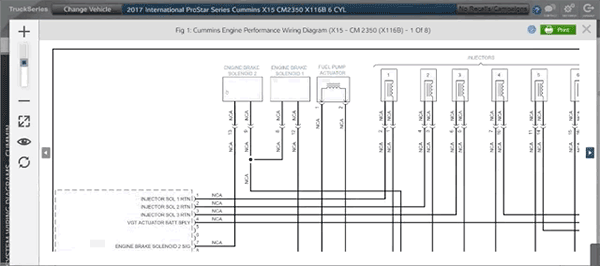
This article was sponsored by Mitchell 1.








